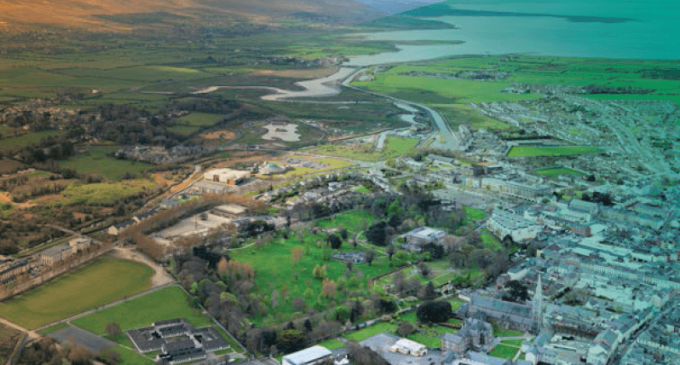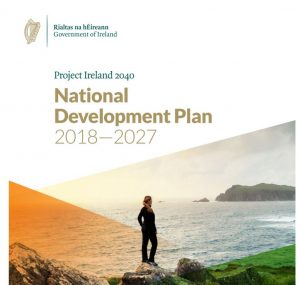Government Unveils €116 Billion Development Programme

The Government has published The National Development Plan 2018–2027, the most recent in the series of such capital plans adopted since 1988. The National Development Plan 2018–2027 is an ambitious plan designed to drive Ireland’s long term economic, environmental and social progress across all parts of the country over the next decade. The plan is fully integrated with the new approach to spatial planning in Ireland in the National Planning Framework.
By 2040 the population of Ireland is expected to grow by over 1 million to 5.7 million people. The spatial planning approach set out in the National Planning Framework will support this growth. Its successful delivery will be critical to securing Ireland’s economic, social and environmental sustainability over the next two decades.
 The National Development Plan 2018–2027 sets out the significant level of investment, almost €116 billion, which will underpin the National Planning Framework and drive its implementation over the next ten years. €91 billion in Exchequer funding for public capital investment has been allocated and will be supplemented with substantial investment by commercial State Owned Enterprises. This increased level of resources is expected to move Ireland close to the top of the international league table for public investment.
The National Development Plan 2018–2027 sets out the significant level of investment, almost €116 billion, which will underpin the National Planning Framework and drive its implementation over the next ten years. €91 billion in Exchequer funding for public capital investment has been allocated and will be supplemented with substantial investment by commercial State Owned Enterprises. This increased level of resources is expected to move Ireland close to the top of the international league table for public investment.
A major new initiative in the National Development Plan is the establishment of four new funds to help drive the specific core priorities detailed in the National Planning Framework. These four funds, with a combined allocation of €4 billion over the lifetime of the National Development Plan, will be allocated on the basis of a competitive bidding process, designed to encourage collaborative bidding/proposals, and which will also, where appropriate and practical, seek to leverage additional private investment. Resources will be allocated in support of project proposals which demonstrate a strategic vision aimed at delivering on the National Planning Framework objectives in the areas of rural renewal, urban regeneration, the achievement of climate action objectives and in drawing on research and development activities to develop new technologies on a commercial basis which could potentially be ‘game-changers’ in terms of existing and new market opportunities (so called ‘disruptive technologies’).
























